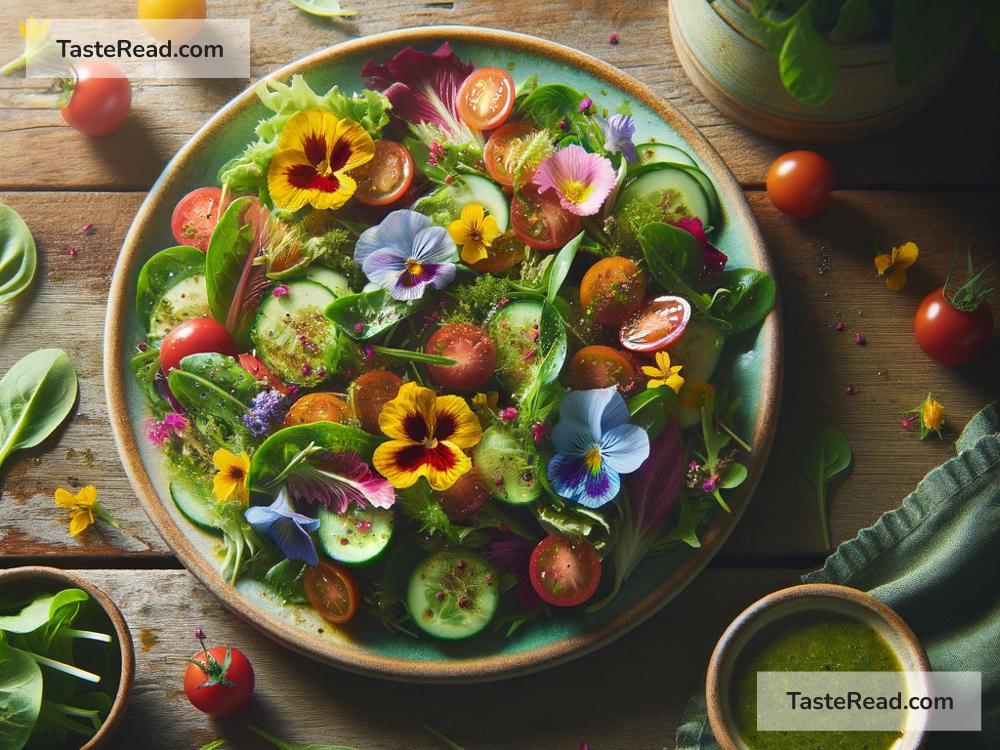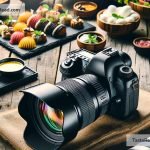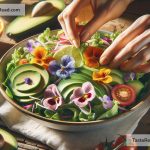Capturing Deliciousness Through Your Lens: Mastering The Rule of Thirds in Food Photography
Ever scrolled through your social media feed and paused at a stunning picture of a scrumptious dish, making your mouth water instantly? Whether you’re a food enthusiast aiming to share your culinary adventures or a professional looking to captivate your audience, mastering the art of food photography composition, particularly the Rule of Thirds, can elevate your food shots from good to mouthwateringly irresistible.
What Is The Rule of Thirds?
Imagine dividing your camera screen or viewfinder into nine equal segments, using two equally spaced horizontal lines and two equally spaced vertical lines, somewhat like a noughts and crosses board. This simple yet powerful guide is known as the Rule of Thirds. The magic happens at the four points where these lines intersect, often referred to as the points of power or interest. Placing the key elements of your composition along these lines or at the intersections can create more balanced, engaging, and aesthetically pleasing images.
Why Use The Rule of Thirds in Food Photography?
Food photography isn’t just about capturing a dish; it’s about telling a story, evoking emotions, and stimulating appetites. The Rule of Thirds helps create a sense of harmony and balance within your shot, guiding the viewer’s eye to the most important parts of your photo—the tantalizing texture of a crusty loaf of bread, the vibrant colors of a fresh salad, or the seductive glaze on a barbecued rib.
Achieving Delectable Compositions: Tips and Tricks
1. Balancing Your Plate: Start by identifying the star of your dish—it could be an ingredient, a garnish, or even a particular color. Position this key element at one of the intersection points. This technique not only highlights the dish’s focal point but also leaves room for other compositional elements, such as cutlery, ingredients, or a rustic table setting, which can add context and depth to your story.
2. Playing with Angles: The Rule of Thirds can be applied from various angles, not just top-down. Experiment with shooting from the side, at a 45-degree angle, or even up close. This variation can help showcase different aspects of the dish, like the layers in a burger or the texture of a creamy risotto. Adjusting your angle while keeping the Rule of Thirds in mind can add an intriguing perspective to your shots.
3. Incorporating Negative Space: Negative space, or the area around your subject, plays a crucial role in food photography. Use the Rule of Thirds to create an intentional empty space that doesn’t distract but rather emphasizes the food. This technique is particularly effective in minimalist compositions, where the simplicity of the background can make your subject pop and capture the viewer’s undivided attention.
4. Enhancing with Props and Backgrounds: While the dish is undoubtedly the hero, props like utensils, napkins, and ingredients can help tell a more comprehensive story. Place these elements strategically along the grid lines or intersection points to complement the main subject without overshadowing it. Choosing the right background is equally important; it should enhance but not compete with the food.
5. Practice and Intuition: Like any rule in photography, the Rule of Thirds is a guideline, not a strict law. Don’t be afraid to deviate and trust your instincts—sometimes the most compelling shots are those that break the rules creatively. Practice applying the Rule of Thirds until it becomes second nature, and then learn when to step beyond it for that extra touch of flair.
6. Post-Production Fine-Tuning: After capturing your shot, software like Photoshop or Lightroom can help you adjust the composition slightly. Cropping your image with the Rule of Thirds in mind during editing can salvage a shot that may have missed the mark originally.
Food photography is an art form that requires patience, practice, and a keen eye for detail. By mastering the Rule of Thirds, you’re not just taking pictures of food; you’re crafting visually stunning stories that appeal to the senses. Remember, the goal is not just to show how good the food looks, but to make people feel like they could reach into the photo and take a bite. Happy shooting!


